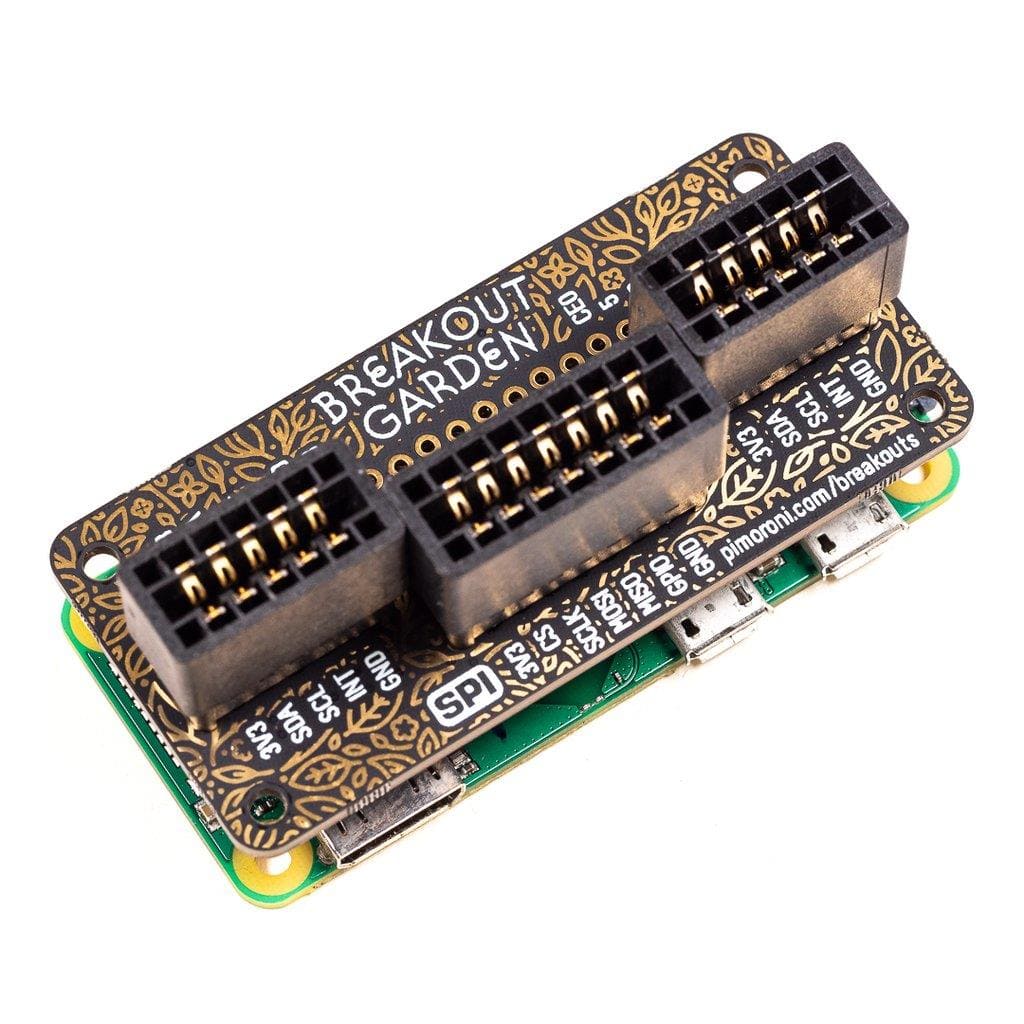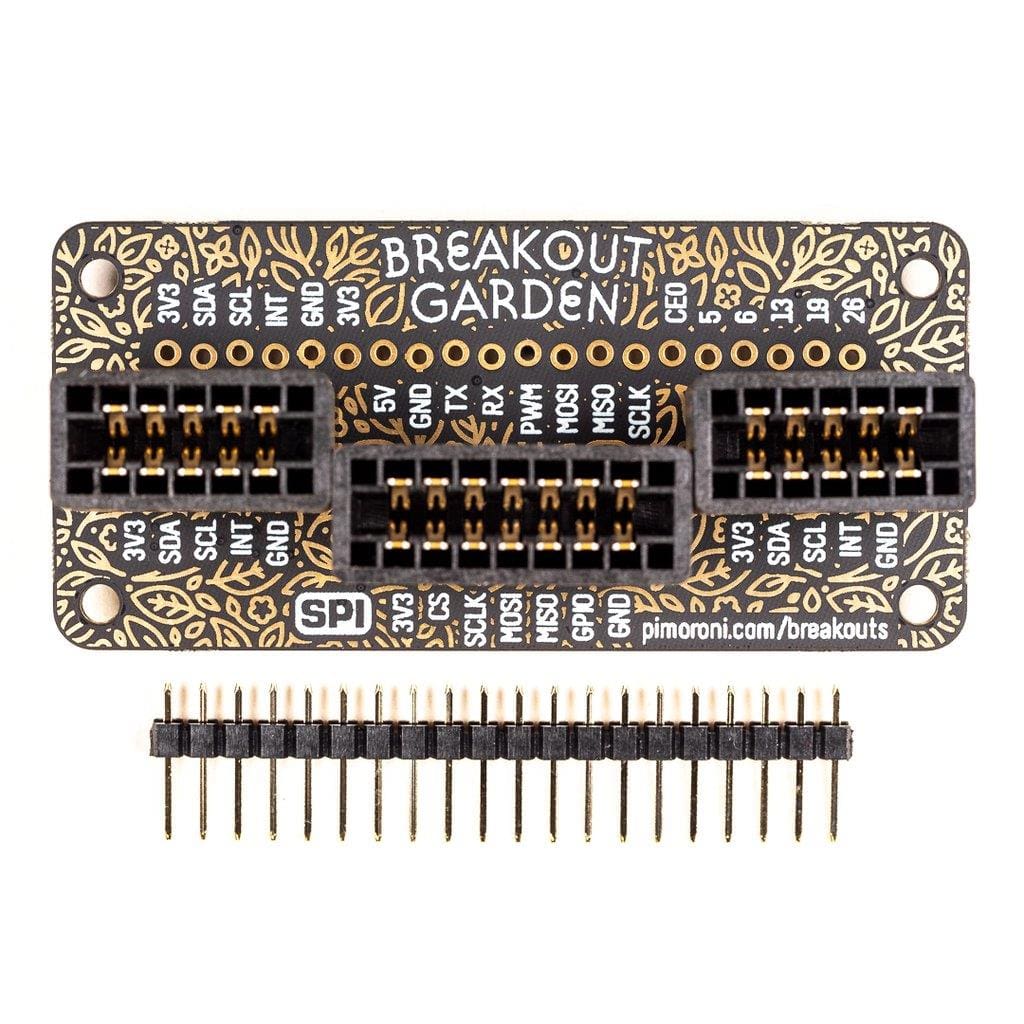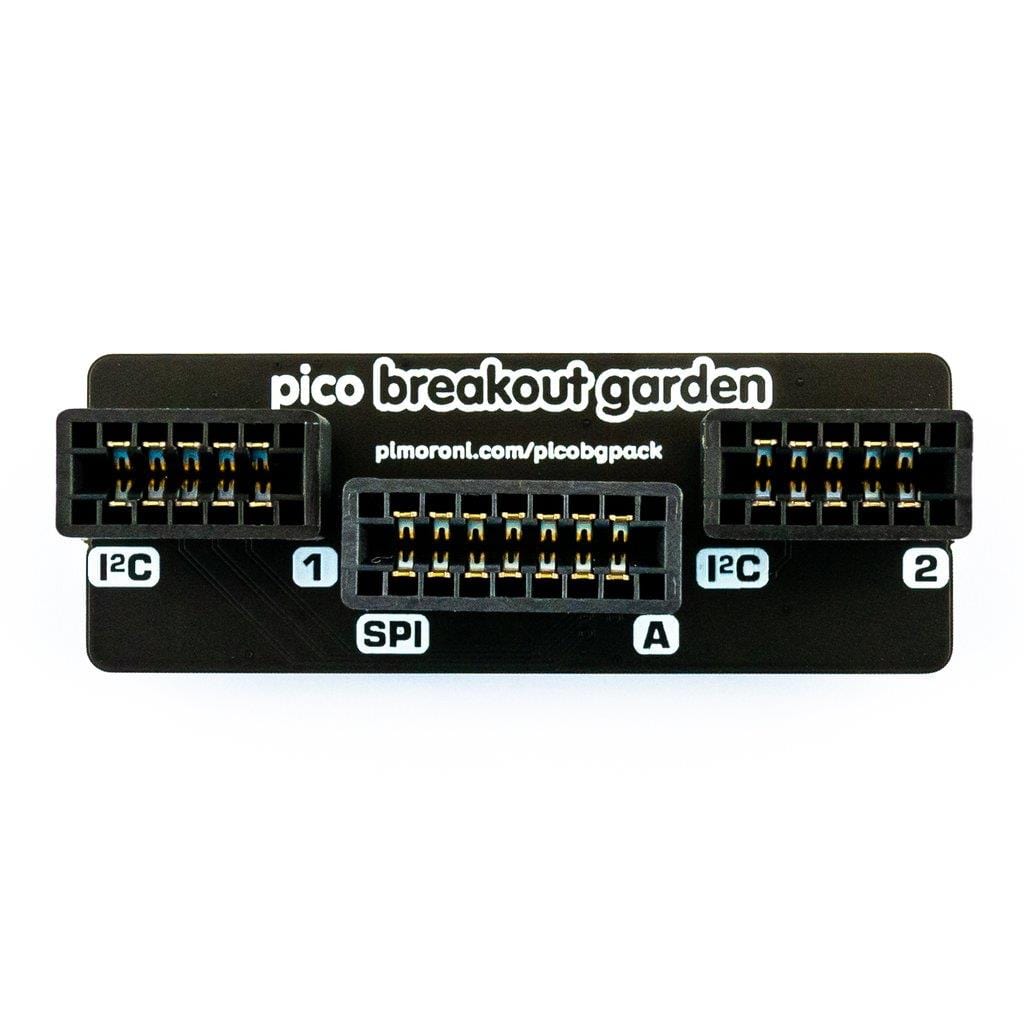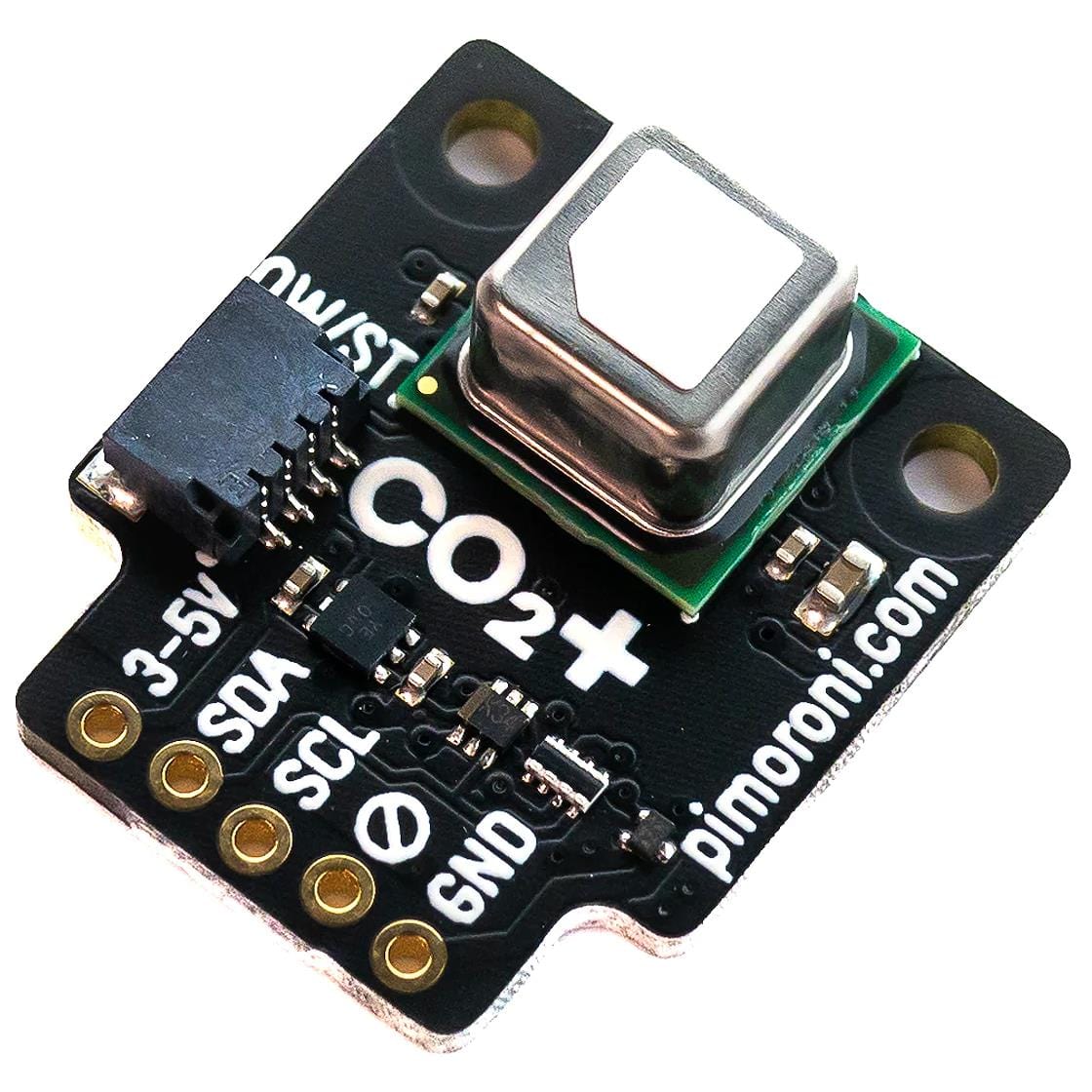
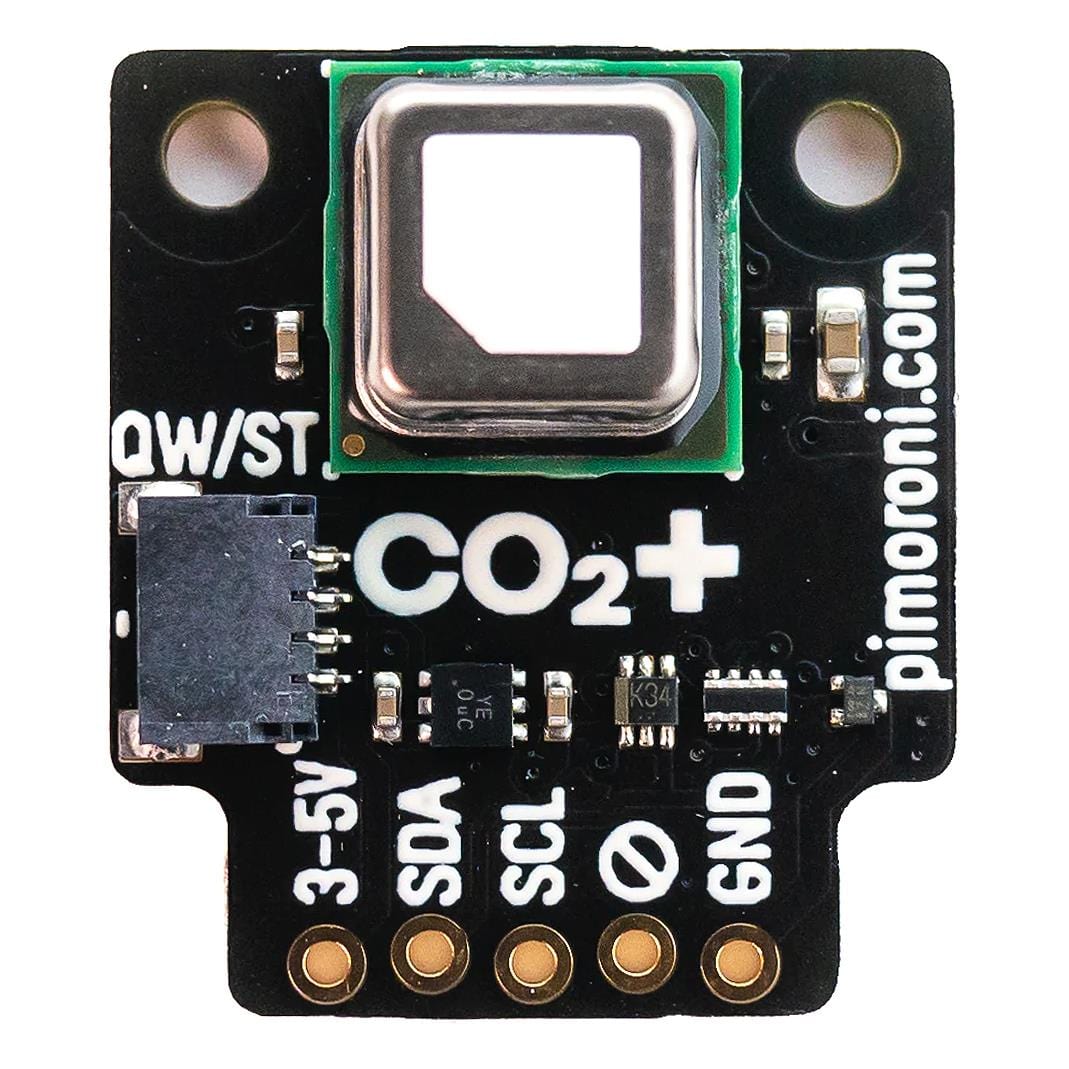
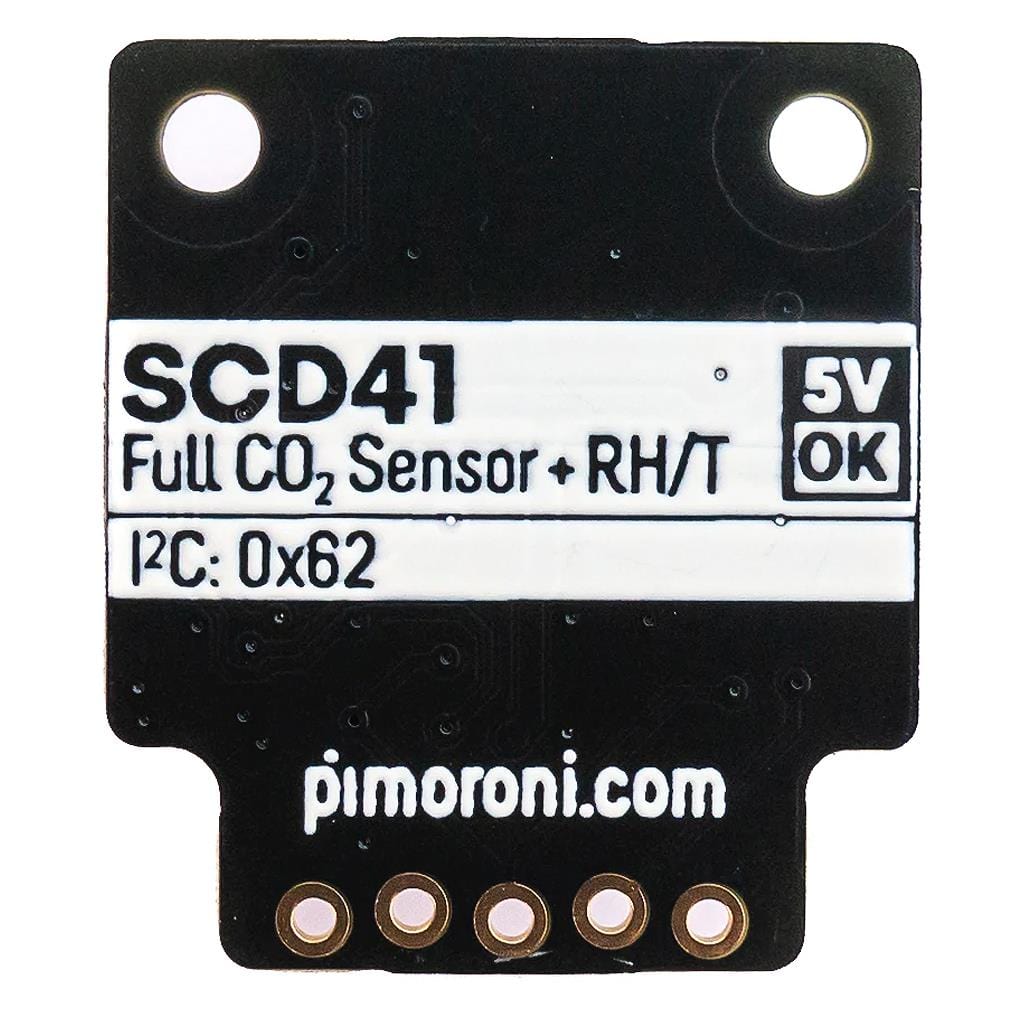
Login / Signup
Cart
Your cart is empty
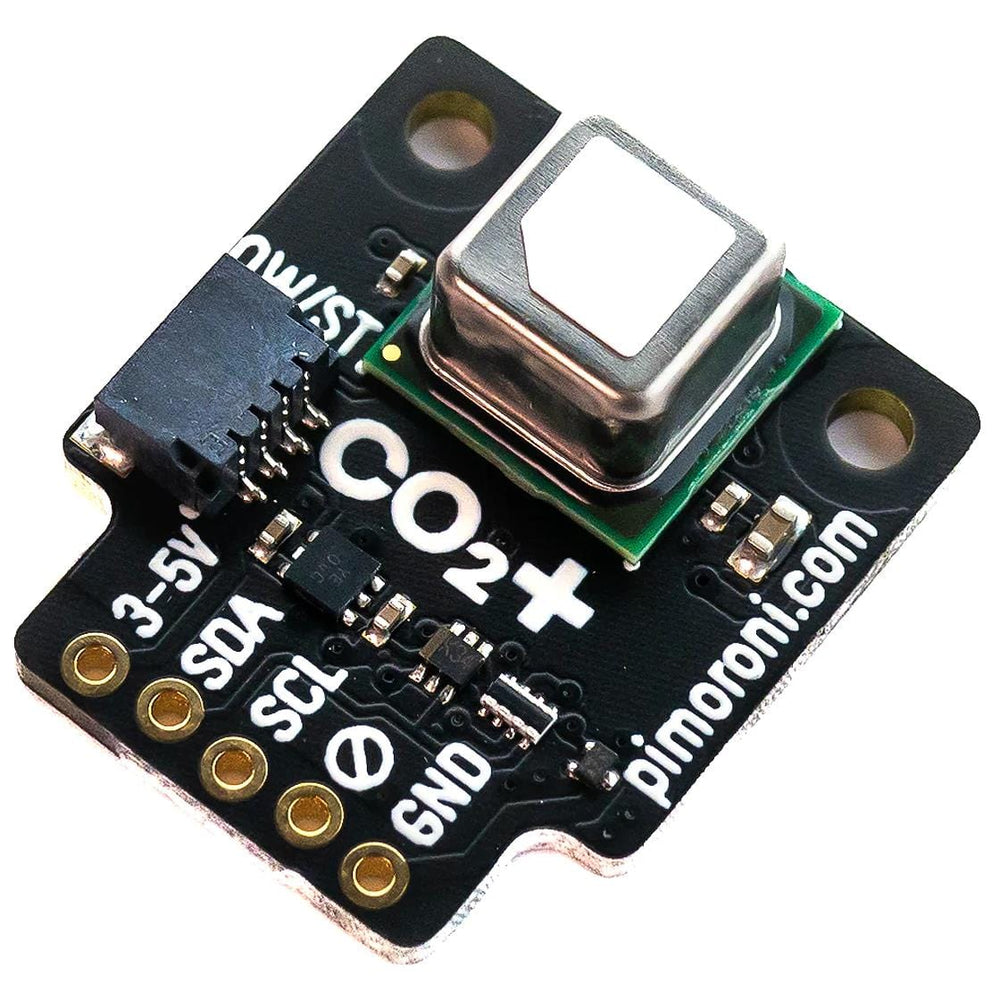
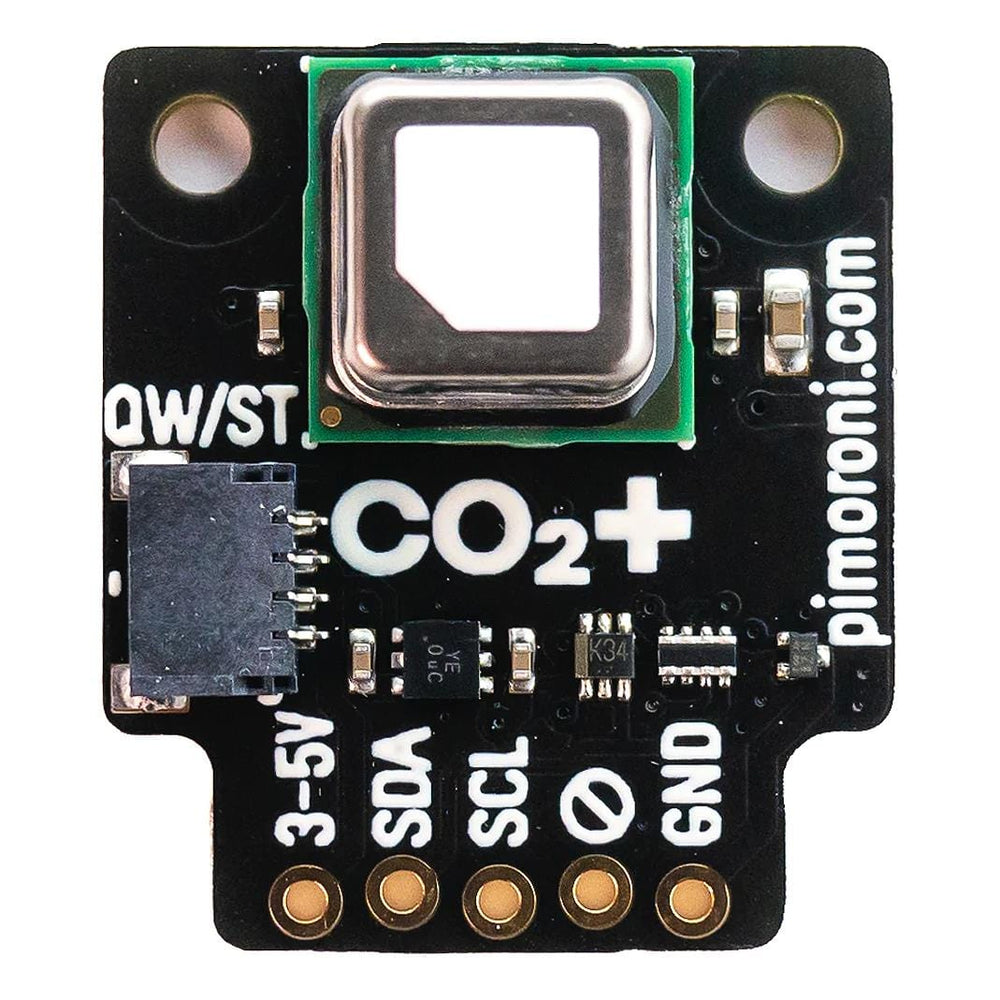
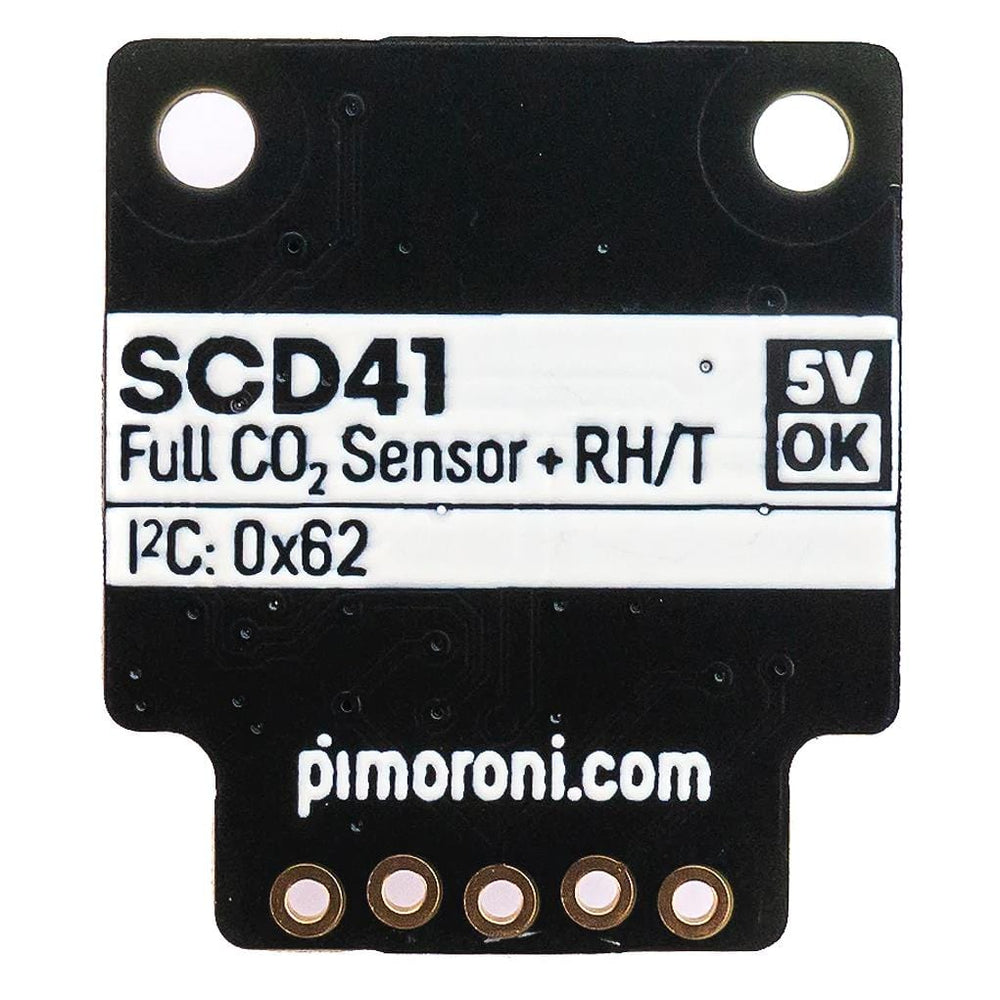
A true carbon dioxide sensor that can detect CO2 levels between 400 and 5,000 ppm, mounted on a Breakout Garden and Qw/ST-compatible breakout.
The SCD41 is a high accuracy sensor that uses photoacoustic technology to tell you the precise proportion of carbon dioxide (in ppm) in the air that you're breathing. It can also measure temperature and relative humidity.
Too much carbon dioxide has all sorts of unpleasant effects on humans, such as turning up your tiredness levels and turning down your brainpower. CO2 build-up is a useful indicator of how well ventilated a space is and also how many people are breathing the same air - a variable that's definitely worth tracking in homes, workplaces and schools at the moment. SCD41 is the extended range variant of this sensor which means it can detect very high levels of CO2 at up to 5,000 ppm, so it could potentially also be useful in industrial and laboratory settings.
We've been testing out this sensor in confined areas and it's remarkable how sensitive it is - you can really see the change in CO2 levels when someone enters or leaves a room, or when doors are open or closed.
This breakout is compatible with our fancy Breakout Garden system, where using breakouts is as easy just popping it into one of the slots and starting to grow your project, create, and code. It's also Qw/ST compatible so it can be plugged into a whole range of different microcontrollers and HATs with Qwiic or STEMMA QT connectors.
Check out our full range of Breakout's and Breakout Garden's here
We've designed this breakout board so that you can solder on the piece of right-angle female header and pop it straight onto the bottom left 5 pins on your Raspberry Pi's GPIO header (pins 1, 3, 5, 7, 9). The right-angle header also has the advantage of positioning the breakout away from the Pi's CPU so as to minimise radiated heat.
We've put together a Python library together with examples showing you how to get readings from the sensor.
You can also use this breakout with Raspberry Pi Pico and other RP2040 boards, using C++ or Pirate brand MicroPython.




